- ⚠️ 64% of seniors now view aging in place as a top threat to their health in 2025.
- 💊 28% skipped medical care in the past year due to the challenges of staying at home.
- 🧠 Even middle-income seniors report major accessibility and mobility concerns while aging in place.
- 🏠 61% of baby boomers say they never plan to sell their homes, despite rising risks.
- 🏥 Seniors are increasingly seeking smart homes and proximity to healthcare over traditional independence.
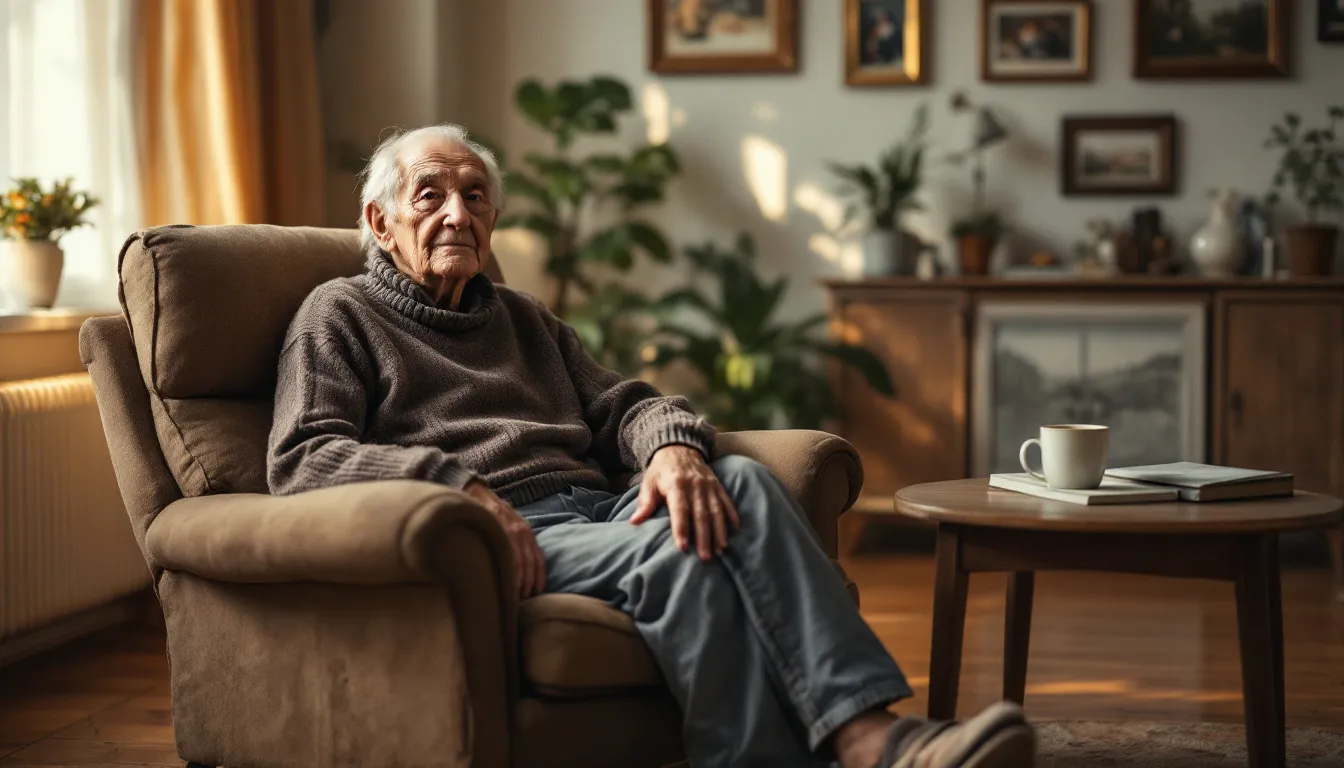
Aging in Place in 2025: A Changing View
For years, aging in place has been considered the best way for older adults seeking independence and familiarity in their own homes. But in 2025, a big change is happening. New research shows that more seniors now view aging in place not as a comfort but as a threat to their physical, emotional, and financial well-being. A survey by Alignment Health shows that aging in place is now the top social health worry among older Americans. This means people are thinking differently about what senior living should be like in 2025.
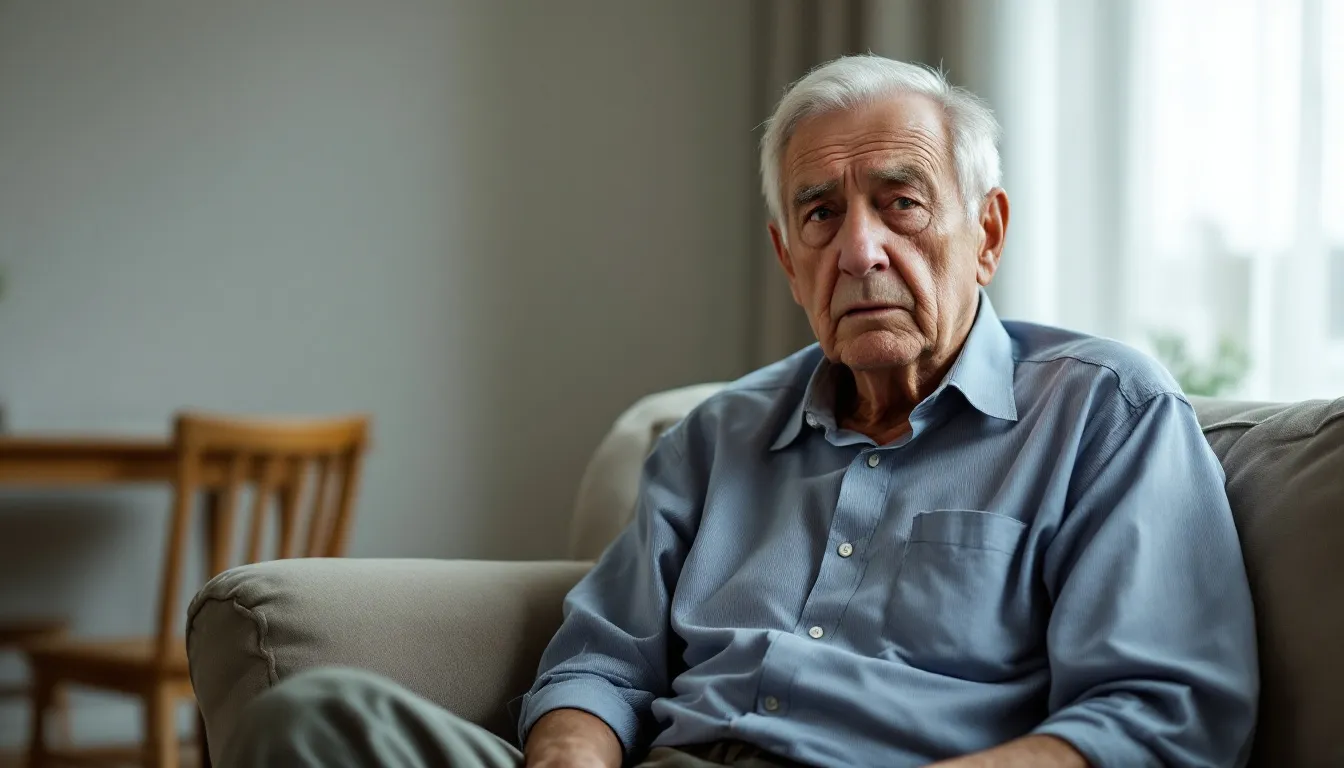
Seniors Call Aging in Place Top Health Risk
In a big change in how people see things, 64% of seniors surveyed in 2025 now call aging in place their greatest social health risk. This is more than even getting healthcare (60%) and money problems (51%) (Alignment Healthcare, 2025). This marks the second year in a row seniors have ranked aging in place higher than older worries. It shows that fears about less mobility, being alone, and not having enough support are now more important than wanting to stay at home.
This new way of thinking comes partly from knowing more. Today’s seniors are more educated, connected, and vocal than previous generations. As a result, they know more about what can happen later when staying in homes not made for aging. Falls, delayed medical care, social isolation, and worsening health are now seen not as just ideas, but as real dangers.
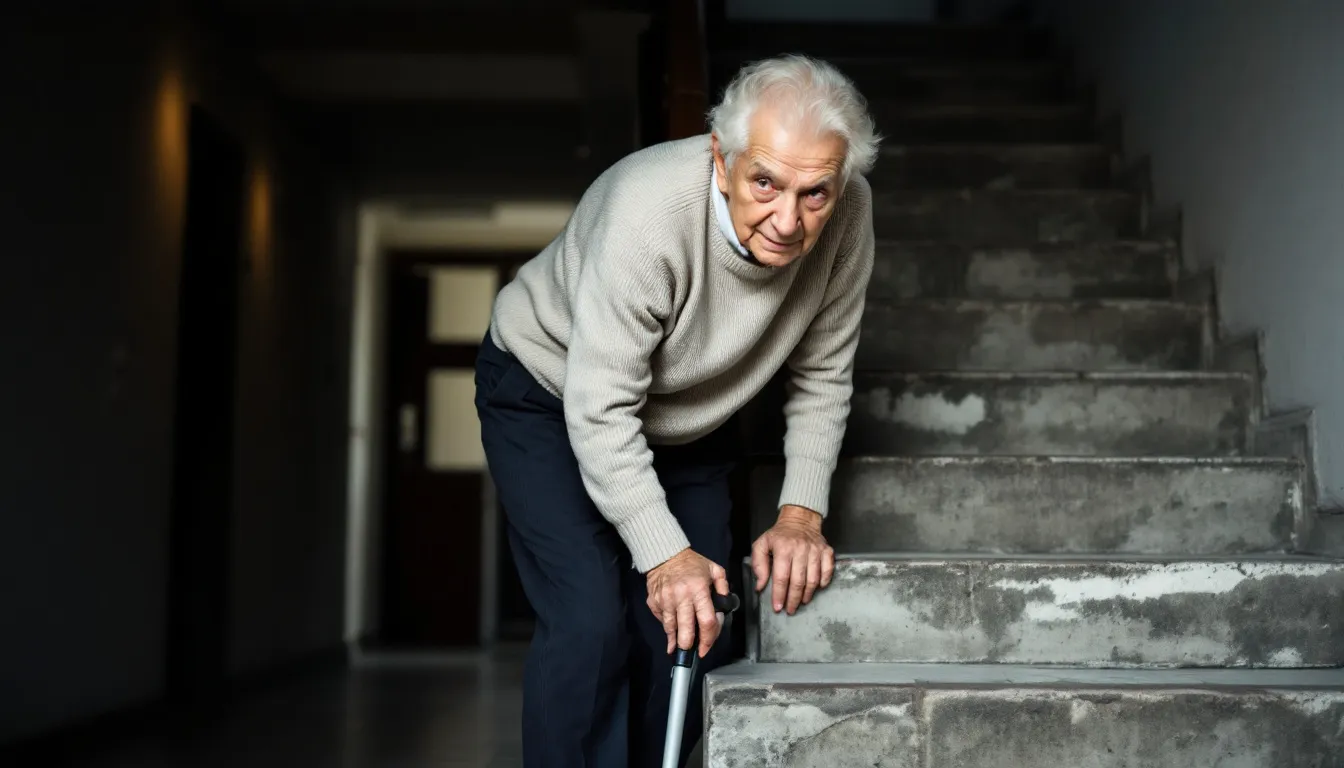
The Hidden Risks Behind Aging in Place
While the idea of staying put may feel secure, the hidden dangers are very real:
🩺 Skipped Healthcare Services: 28% of seniors reported skipping medical care in the past year due to problems with staying at home. That’s a big jump from 2024, when just 22% reported the same.
🚪 Limited Mobility Solutions: Many seniors live in multi-level homes with stairs, narrow hallways, or outdated fixtures that are dangerous. Without big changes to their homes—which can be costly—simple daily activities can become dangerous tasks.
💵 Middle-Income Still At Risk: It’s not just low-income households at risk. The average income among survey respondents was $81,300. Even in this group, seniors said they still faced problems with safe aging in place. This shows that income doesn’t automatically mean they get the help they need, like transportation, home changes, or in-home care.
🤝 Lack of In-Home Support: Older adults without nearby family or caregivers often struggle with basic tasks like cooking, cleaning, or medication management. When support is missing, it can cause hospital stays that could have been avoided, and make life harder.
In essence, aging in place without enough support often makes being on your own turn into being alone, and then weak.
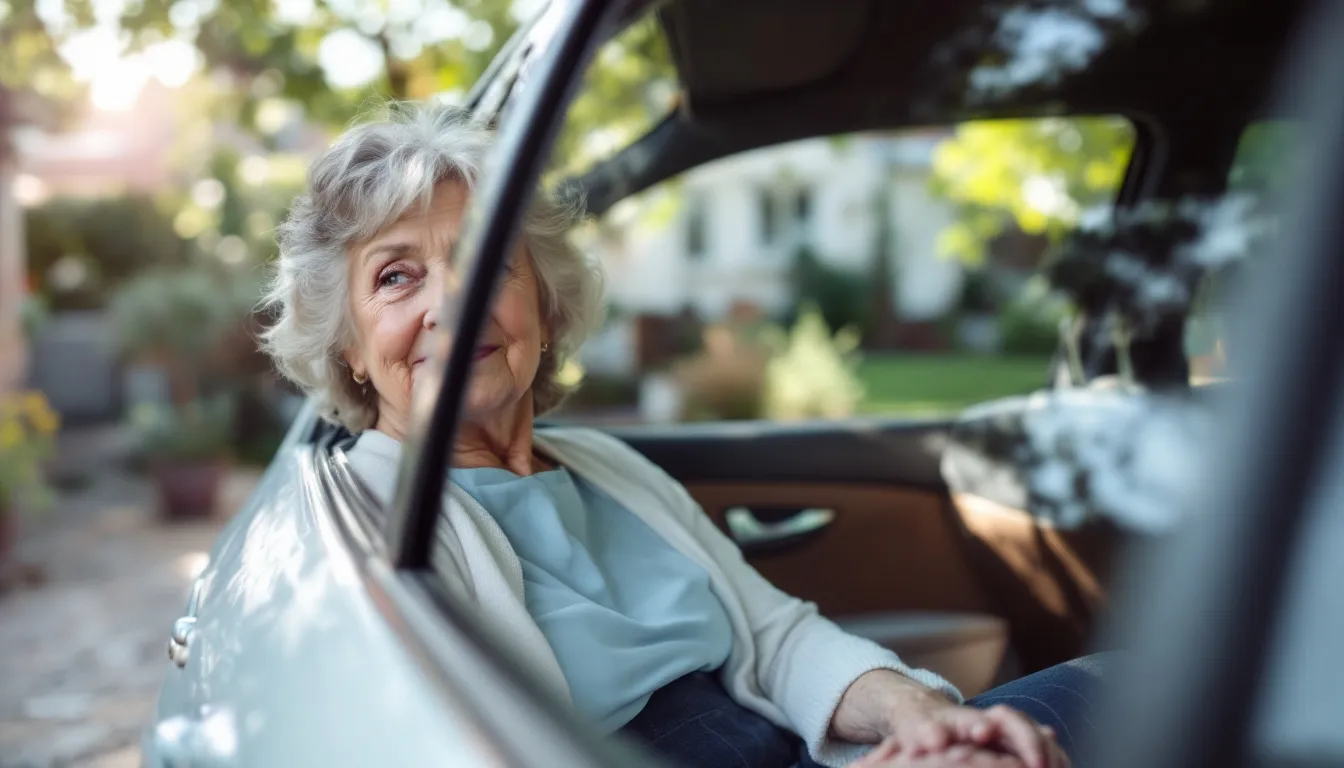
Healthcare Access and the Senior Dilemma
Quality healthcare is a key part of healthy aging. But for those choosing to remain at home—particularly in suburban or rural areas—it can often be hard to get to.
🚗 Transportation Challenges: A key finding in the Alignment survey is that 31% of seniors say they miss healthcare appointments because they don't have rides. Without reliable options, many avoid or delay visits entirely, allowing small health issues to get much worse.
🏥 Provider Shortages: In many areas, especially fast-growing cities like Las Vegas, doctor shortages are made worse by many older people living there. Scheduling delays often mean longer waits and fewer visits. This means seniors don't get the regular care they need to stay well.
💊 Telehealth Limitations: While solutions like telemedicine have helped some, many seniors lack the tech skills, devices, or internet speed to use online care regularly. This gap in technology makes existing unfair situations even worse and leaves many alone with worsening conditions.
Together, these issues create a big problem: aging in place may remove the commute to a care facility but often replaces it with a risky lack of healthcare.
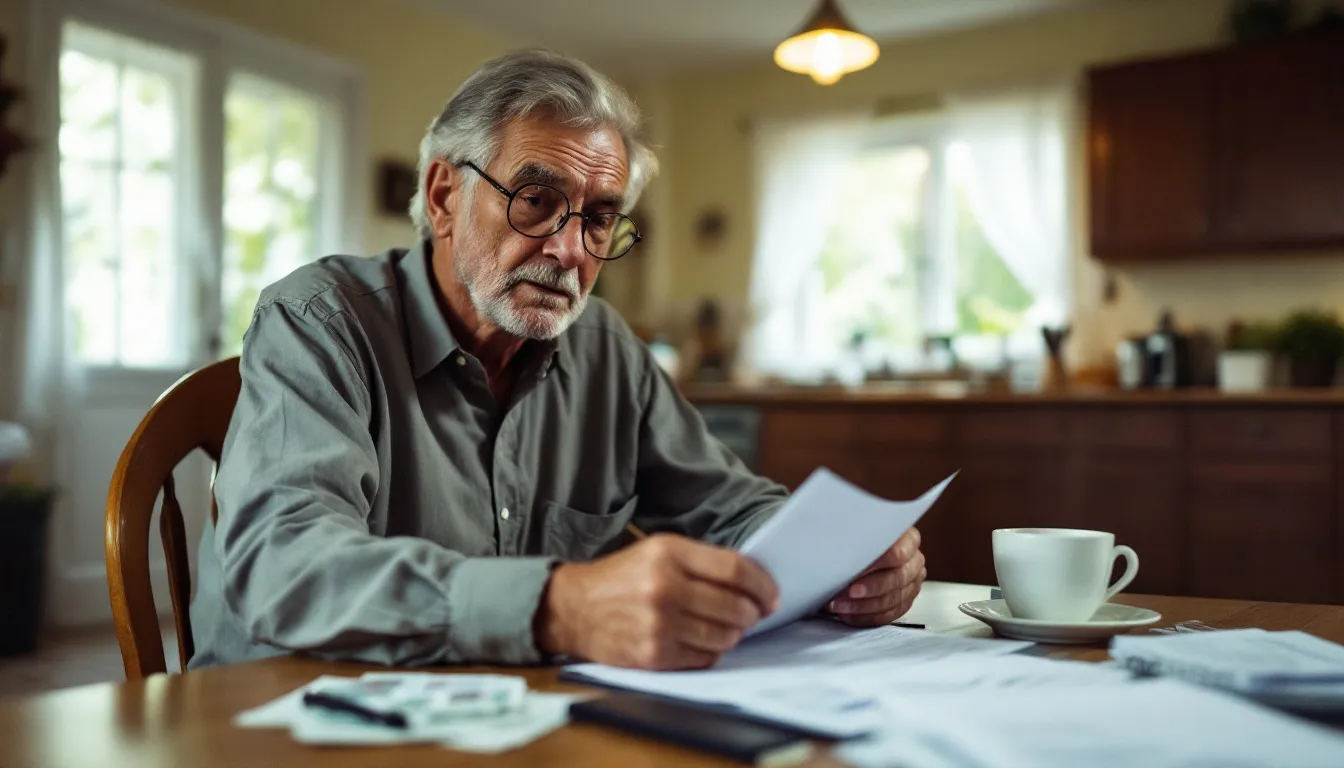
Economic Pressures and Housing Affordability
At the heart of this concern are also growing money problems. Rising prices have greatly changed the financial situation for retirees, making it harder for them to stay independent at home:
💰 Rising Healthcare Costs: Medications, routine upkeep, and caregiving support all add up. For seniors without strong retirement savings or long-term care insurance, these things they need can quickly become things they can't afford.
🏡 Housing and Utility Expenses: Older adults are living through one of the hardest housing markets in a long time. Home maintenance costs—from roofing to plumbing—create big problems for those living on fixed incomes.
🥫 Cost-of-Living Increases: Gas, groceries, and utilities are all more expensive in 2025. According to the Alignment survey, 32% of respondents said money problems were a main reason they have skipped or delayed medical care.
All these money issues together can make aging in place feel less like being on their own and more like a financial burden.
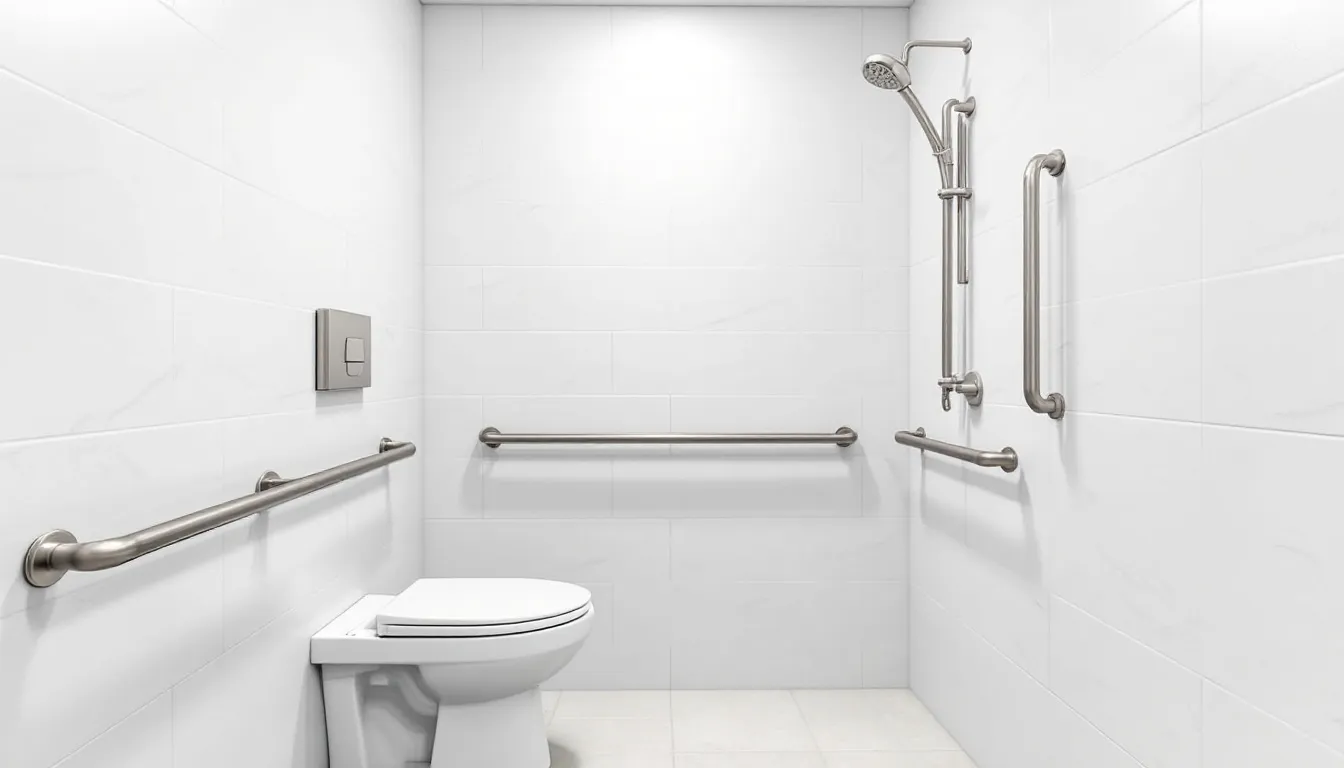
Support Systems & Services Seniors Want
Despite the risks and growing problems, many seniors are still open to aging in place—if their needs are met well enough. In fact, 64% of survey respondents said they would use services covered by insurance to help them live safely at home if made available.
The most desired services include:
🏠 Home Modifications: Including grab bars, stair lifts, widened doorways, and non-slip floors.
🩺 In-Home Medical Visits: Nursing visits, chronic disease management, and regular check-ups done in their living room.
🚨 Emergency Alarms: Medical alert systems that automatically call for help if someone falls or has a health emergency.
🧹 Household Assistance: Help with cleaning, laundry, and errands—small tasks that can become too much to handle after a while.
These tools and services could help connect living independently and living safely. But many are not used enough because people don't know about them, or because of insurance rules and cost problems.
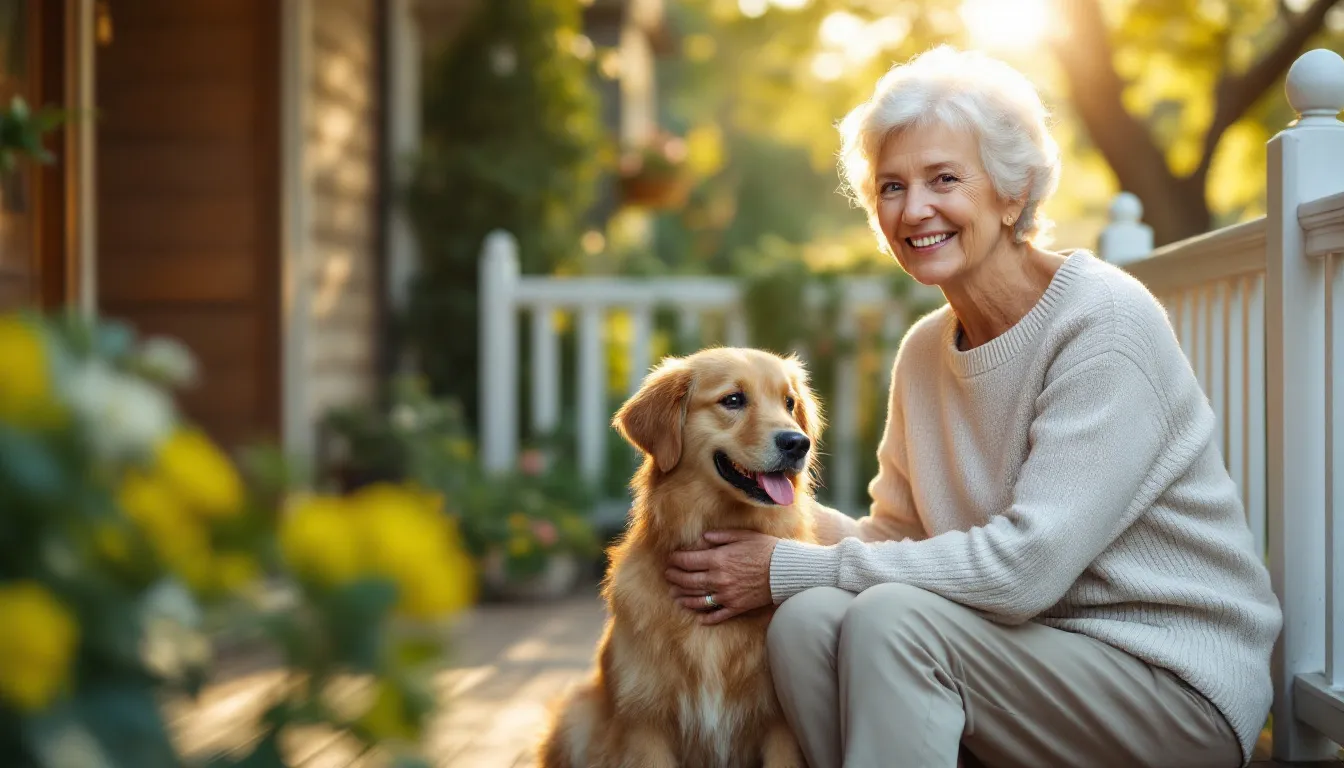
Seniors Still Prefer to Stay Home—Despite Challenges
Even at this time of growing risks and more needs, the strong desire to stay home remains.
A Real Estate study found that 61% of baby boomer homeowners say they “never” plan to sell their homes—a 7% increase from just the year before. This shows people are very attached to their homes and communities, even as getting older brings new problems.
What makes them want to stay?
🧓 Knowing their home and having control: Seniors value the freedom and memories built within the walls of their homes.
🐕 Things that keep them tied down: Pets, neighbors, routines, and being close to communities they've lived in for a long time keeps many older adults tied to their homes.
🛠️ Fear of Change: Downsizing or relocating can feel too much to handle or even upsetting, particularly for those dealing with memory loss or long-term health problems.

The Paradox: Wanting to Stay, But Needing Support
This data reveals a growing contradiction: while seniors strongly desire to stay in their homes, many can't safely handle what it takes to do so. From fall risks to long-term illness, the needs of aging bodies often don't fit with what old house setups offer.
Often, families face crisis decisions—post-fall, post-stroke, or after a hospitalization—rather than planning ahead. This lack of preparation causes stress, costs money, and leads to health problems that could have been made less bad if help came sooner.
Reducing these risks means working with real estate experts, financial planners, healthcare professionals, and family caregivers to create connected, smart housing ideas.

Real Estate Implications: What This Means for Las Vegas
Las Vegas faces its own unique version of this aging problem. With a fast-growing population and more demand for housing, the city is both a popular place for retirees and a market facing challenges.
Here’s how the senior housing market is changing in Vegas:
🏘️ Demand for Single-Story Housing: Seniors are actively seeking one-level homes that have no stairs and reduce fall risks.
🛑 Limited Inventory: Builders used to build mostly multi-story homes, and the current shortage of ranch-style residences creates a big problem.
🚑 Location Matters: Age-friendly housing near hospitals, pharmacies, parks, and public transit is seeing huge demand.
👩⚕️ Being Near Services: Many seniors choose to move closer to hospitals and care centers such as Sunrise Hospital, Dignity Health centers, or the Cleveland Clinic.
Meeting these demands requires careful planning and help from experts who know about housing for seniors.
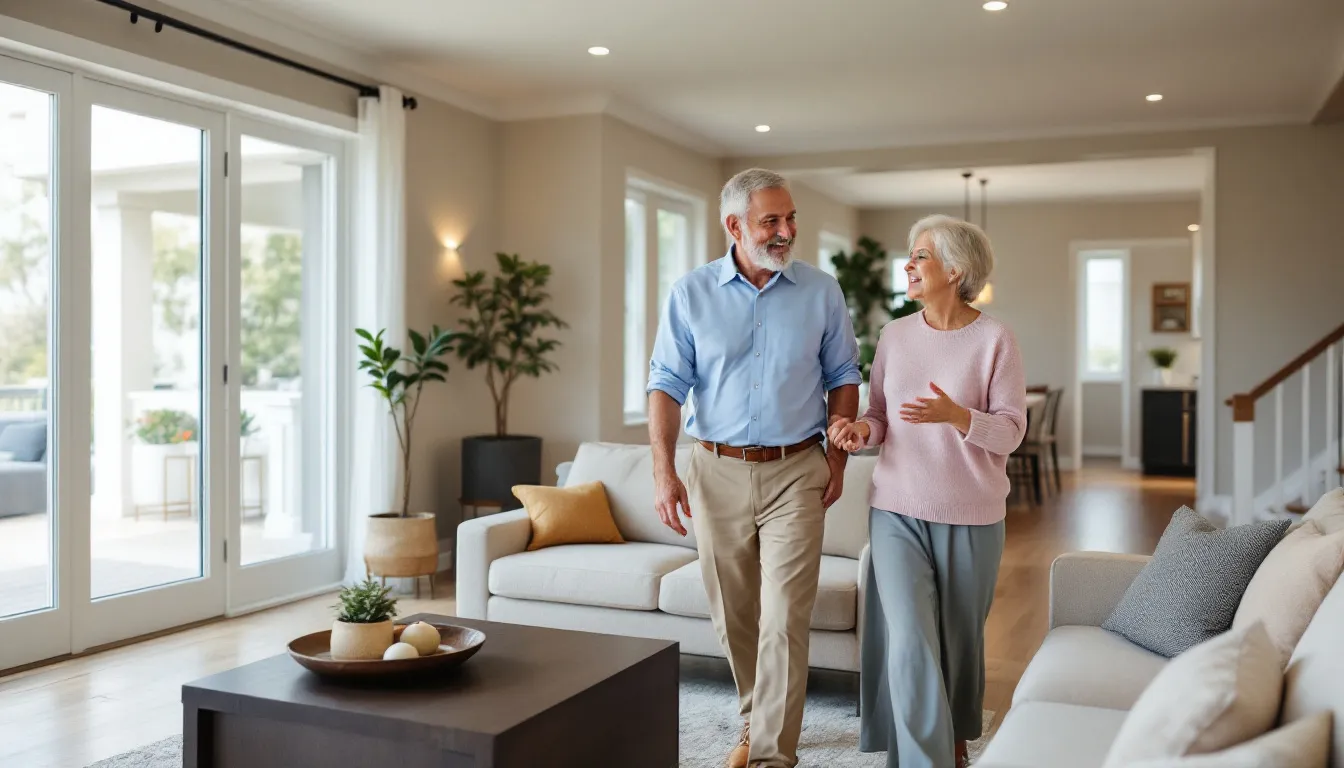
What Steve Hawks Recommends for Vegas Seniors
Steve Hawks, an experienced Las Vegas real estate agent, specializes in helping seniors move into homes that better fit their changing needs.
Here are his top recommendations:
Downsize Smartly: Selling a larger, home that needs a lot of upkeep can provide both financial relief and safer living, and even make it possible to buy a newer, easier-to-use home completely.
Choose the Right Neighborhood: Pick neighborhoods that have features that help people stay at home as they get older, such as walking trails, easy-to-reach shopping, and fast connections to care centers.
Use Home Equity: Longtime homeowners may have hundreds of thousands in equity they haven't used yet. That wealth can be used to pay for home improvements, care, or moves to active senior communities.
Focus on Features for Seniors: From walk-in tubs to wide hallways and smart alarm systems, nothing beats good design made for older people.
Steve’s personal, senior-first plan helps prevent emergency moves and gives families the power to create housing plans that fit them.

The Rise of Senior-Friendly Smart Homes
Smart home technology is becoming one of the best tools to make aging in place safer and more possible.
Popular smart home features include:
💡 Voice-Activated Systems: Control lighting, HVAC, and security with simple speech. This lowers the chance of falls and makes technology easier to use.
🚨 Fall Sensors & Emergency Alarms: Wearables or room sensors can automatically tell caregivers or call 911 if there's an emergency.
📡 Checking Health from Afar: Smart blood pressure cuffs, glucose monitors, and medication reminders help seniors handle their health problems and tell doctors about changes.
🧠 Memory Aids: Digital assistants can remind older adults to take medication, eat meals, or attend appointments.
In Las Vegas, the growing number of listings featuring smart features shows how important these things are in housing for seniors.

Building a Support Network Beyond Real Estate
No home—no matter how smart—can replace human connection and caregiving. To stay home safely, you need a network of personal and professional help:
🚌 Transportation Programs: Specialized rideshare services or community buses to hospitals and grocery stores.
🥗 Meal Services: Delivery programs making sure seniors with limited movement get food without extra stress.
🧑⚕️ Medical Visits at Home: From nurse practitioners to physical therapists, many types of help can now come right to your living room.
👨👩👦 Caregiver Networks: Family, community volunteers, or private aides must often step in for safety and companionship.
Access to these resources greatly changes how well someone can really handle staying home.
Changing How We Think About Aging and Housing in 2025
What to expect for senior living in 2025 is clear: aging in place, once the dream, now comes with real problems. The health risks, money worries, and practical problems are making seniors and families change their plans and start planning sooner.
While the desire to remain home is very strong, the path to doing so safely requires:
- Honest conversations about needs and risks
- Access to newly designed spaces and homes that can change
- Using new technology
- A reliable network of care and services
Working with expert real estate professionals like Steve Hawks ensures each decision helps with long-term health, not just what's easy now. The future of aging in America may still include staying home—but only when the available systems help seniors stay healthy, connected, and safe.
Citations:
Alignment Healthcare. (2025). Social Threats to Aging Well in America Survey. Retrieved from https://www.housingwire.com/articles/the-concerning-math-behind-aging-in-place/

